South Africa
South African President Cyril Ramaphosa visited the region Friday, where devastating floods have left at least 78 people dead in the southeast of the country as search and rescue operations continued for a fourth day and authorities said they expect the death toll to rise.
Ramaphosa travelled to the town of Mthatha in Eastern Cape province, where the floods hit hardest when they began in the early hours of Tuesday.
He attended a briefing by officials from the National Disaster Management Centre and was due to see a bridge where a school bus was washed away by flooding. Six students, the bus driver and another adult onboard were confirmed dead, while four other schoolchildren were among the missing.
Ramaphosa's visit came amid questions over the authorities' early response to the disaster, which was caused by an extreme weather front that brought heavy rain, strong winds and even snow to parts of the province. Forecasters warned about the extreme weather last week.
The head of the provincial government said the rescue effort was “paralysed” in the first few hours of the floods because of a lack of resources like specialised search and rescue teams, divers and K-9 dog units in one of the country's poorest regions.
Eastern Cape Premier Oscar Mabuyane said the province of 7.2 million people has just one official rescue helicopter, which had to be brought from another city more than 500 kilometres (310 miles) away.
The floods in the predawn hours caught many unaware, with victims washed away along with parts of their houses and other debris or trapped inside as water engulfed their homes. Authorities said they expected more bodies to be recovered as rescue teams search the floodwater and what is left of damaged houses and other structures to look for those still missing. Many children are among the dead.
“I need psychological help because I saw people dying in front of me. They were being dragged by the water along with the corrugated iron," said Zinathi Vuso, a resident of Mthatha. "Others tried to hold or climb onto something, but it would break, and they ended up dead. That is why you are seeing people still getting recovered, and others are yet to be found.”
Bodies were found by search and rescue teams around 1-2 kilometres (0.6-1.2 miles) away from where the victims were believed to have been during the flooding. The rain had stopped, and much of the floodwater was subsiding.
Cooperative Governance and Traditional Affairs Minister Velenkosini Hlabisa, who led a national government team deployed to the province earlier in the week, said on national broadcaster SABC late Thursday that authorities were appealing for residents to report missing people so rescuers could get a better idea of how many people they were still looking for.
“We are in a crisis. A real disaster,” Hlabisa said. “The more water subsides, the more people will be found.”
Some South African coastal areas are vulnerable to extreme weather blowing in from the Indian Ocean and the Southern Ocean. More than 400 people died in flooding in and around the east coast city of Durban in 2022.
Many victims of this week's floods in the Eastern Cape were living on floodplains near rivers. Poor areas with informal housing were the worst affected, government officials said.




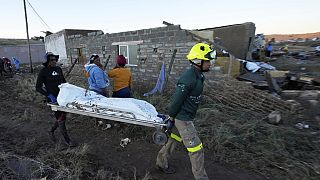
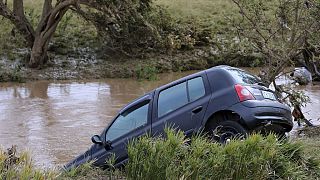
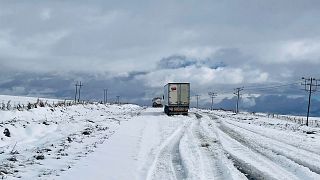
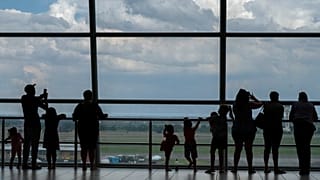
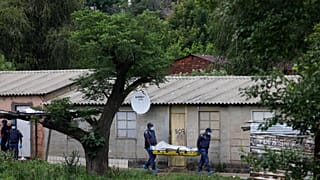
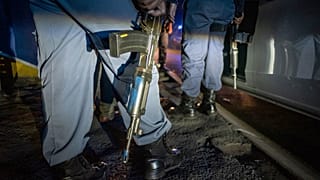

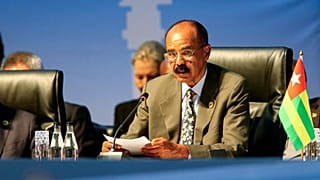

Go to video
Ghanaian influencer accused romance scam targeting elderly Americans
Go to video
Six African women break barriers in Forbes 2025 power list
Go to video
US to deport 15 Kenyans convicted of crimes
01:00
Pix of the Day: December 11, 2025
Go to video
Kenyan court halts rollout of $1.6bn health deal with the United States
Go to video
Interpol seizes 30,000 live animals in global wildlife crime crackdown